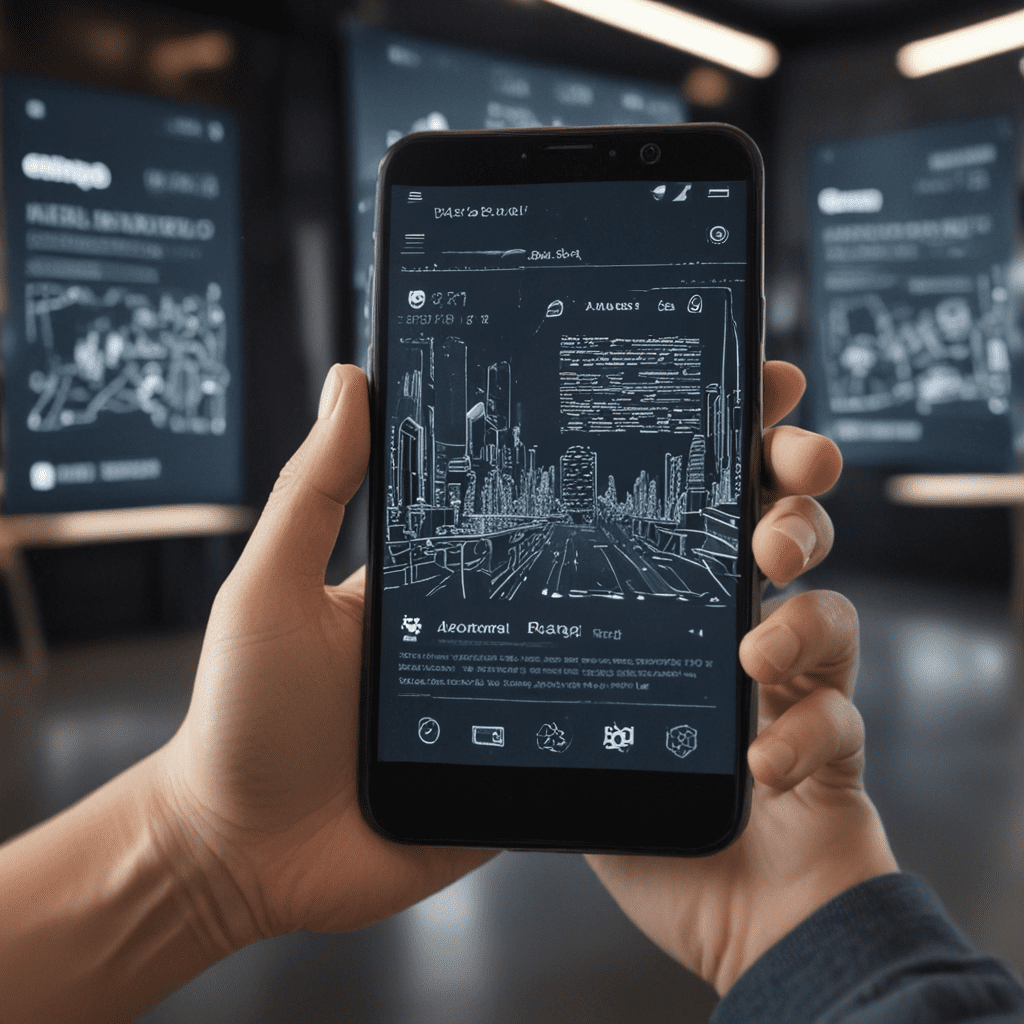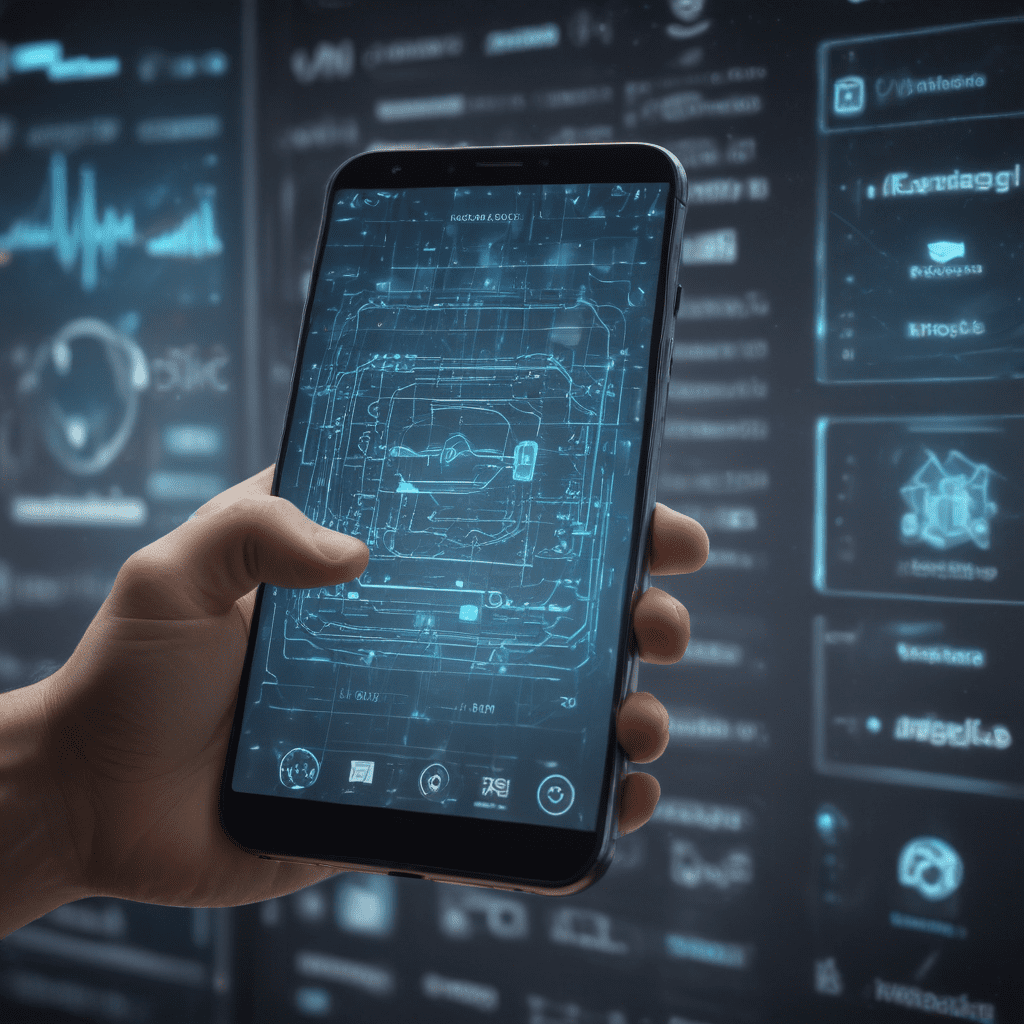
Exploring Rapid Prototyping in Mobile App Development
Introduction to Rapid Prototyping
Rapid prototyping is an iterative design process that enables app developers to quickly create functional prototypes of their applications. By using rapid prototyping tools and techniques, developers can visualize and test their app ideas early in the development process, leading to faster and more efficient app development. Rapid prototyping plays a crucial role in mobile app development by reducing the time and resources required to bring an app to market, while also improving the quality of the final product.
Benefits of Rapid Prototyping in App Development
Rapid prototyping offers numerous benefits in mobile app development, including:
- Faster Development: By enabling developers to quickly create and test prototypes, rapid prototyping speeds up the app development process, reducing time-to-market.
- Reduced Costs: By identifying and addressing issues early on, rapid prototyping saves on development costs by minimizing rework and costly changes later in the process.
- Improved User Experience: Rapid prototyping allows developers to gather feedback from users on the app's design and functionality, ensuring the final product meets user needs.
- Reduced Risk: By testing the app's core features and functionality early on, rapid prototyping reduces the risk of launching an app with significant bugs or design flaws.
- Enhanced Collaboration: Rapid prototyping fosters collaboration between developers, designers, and stakeholders by providing a common platform to visualize and discuss app concepts.
Best Practices and Considerations
To ensure the effectiveness of rapid prototyping in mobile app development, it's essential to follow best practices and consider the following:
- Start with Clear Goals: Define the specific objectives of the prototype before beginning development to guide the prototyping process.
- Involve Stakeholders: Engage users, designers, and stakeholders early on to gather insights and ensure alignment on the app's design and functionality.
- Iterate and Refine: Rapid prototyping is an iterative process; don't hesitate to make changes and improvements based on feedback and testing results.
- Focus on Core Features: Prioritize the development of core app features that provide the most value to users and meet their key needs.
- Consider User Testing: Conduct user testing sessions to gather feedback on the prototype's usability, design, and functionality.
- Use Feedback to Inform Development: Analyze user feedback and incorporate insights into the ongoing development process to enhance the app's user experience.
Agile Development and Rapid Prototyping
Rapid prototyping aligns seamlessly with agile development methodologies, which emphasize iterative development and continuous improvement. By incorporating rapid prototyping into agile sprints, developers can:
- Validate Features Quickly: Create prototypes to confirm the feasibility and value of app features before investing significant resources in development.
- Reduce Risk: Identify and address potential issues early on, minimizing the risk of investing in features that don't resonate with users.
- Improve Collaboration: Foster collaboration between agile teams, designers, and stakeholders by providing a tangible representation of app concepts.
- Accelerate Time-to-Market: Combine rapid prototyping with agile development to deliver apps to users faster, maximizing market opportunities.
Testing and Validation in Rapid Prototyping
Testing and validation are crucial components of rapid prototyping to ensure the app's quality and user satisfaction. Developers can employ various testing methods, including:
- Usability Testing: Conduct user testing sessions to evaluate the prototype's ease of use, navigation, and overall user experience.
- Functional Testing: Test the prototype's functionality against predefined requirements to verify that it meets the desired specifications.
- Performance Testing: Assess the prototype's performance under varying conditions, such as different network speeds and device configurations.
- Iterative Feedback: Continuously gather feedback from users and stakeholders throughout the prototyping process to refine and improve the app's design and functionality.
Case Studies and Success Stories
Numerous companies have successfully implemented rapid prototyping in their mobile app development projects. For instance, the popular ride-sharing service Uber utilized rapid prototyping to iterate on its app's user interface, resulting in a significantly improved user experience. Rapid prototyping has also been instrumental in the development of innovative healthcare apps, such as those that enable remote patient monitoring and telemedicine consultations.
Future Trends and Advancements
Rapid prototyping is a rapidly evolving field, with constant advancements in tools and techniques. Emerging trends include:
- Artificial Intelligence (AI): AI-powered prototyping tools can automate tasks, provide design recommendations, and facilitate user testing.
- Virtual and Augmented Reality (VR/AR): VR/AR technologies enhance prototyping by allowing developers to create immersive experiences for users.
- Cloud-Based Prototyping: Cloud-based prototyping platforms enable teams to collaborate remotely on prototypes in real-time.


